A Sanitary Seal
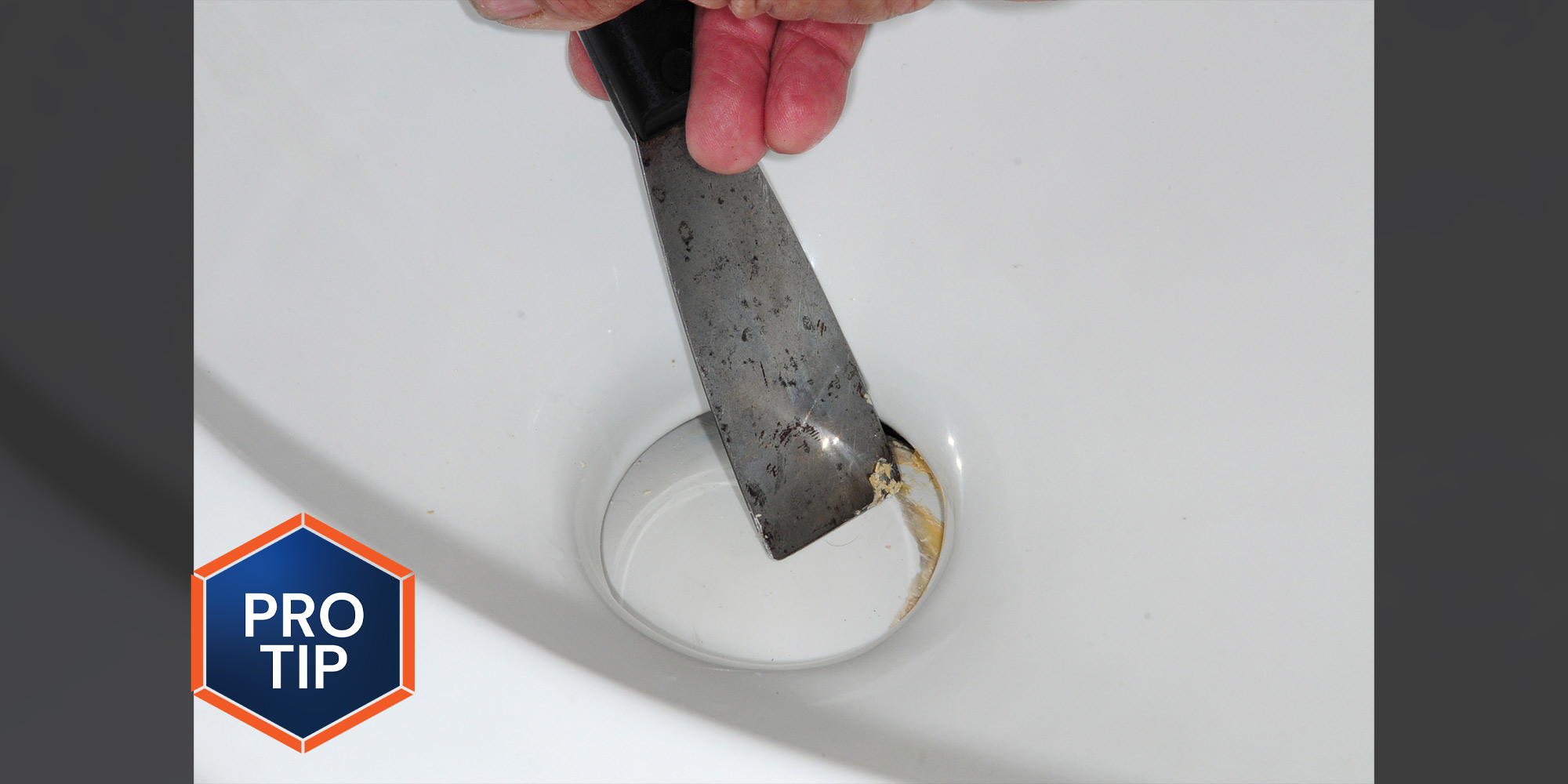
Over time — sometimes shorter than expected — the valve seal in the Dometic 310/320 toilet will become damaged from hard water deposits and crud that was not flushed properly, not to mention paper becoming stuck in the valve. It also can become abraded from hard-water deposits that have been allowed to build up on the valve.
Fortunately, this seal can be replaced without removing the toilet, although it’s not a pretty job. Replacement seals can usually be found at RV supply stores and online. They are not cheap; a Dometic-branded seal will cost upwards of $37 off the shelf (around $29 at Amazon). Generic seals are available for less than half price, but we prefer to stick with the Dometic seals, which have always fit in the opening without undue effort.
There are two ways to accomplish a seal replacement: You can simply pull out the old one and put in the new seal — or you can take the time to do it right. We subscribe to the latter. The first step is to turn off the water source and clean the valve thoroughly. A good dose of Lime-A-Way will dissolve most hard-water calcium deposits. Once the valve surface is smooth to the touch, hold the flush lever down and stuff some paper towels or bunched toilet paper into the hole to catch anything that is accidentally dropped (unlike a cloth rag, paper will eventually dissolve if it accidentally makes its way into the holding tank).
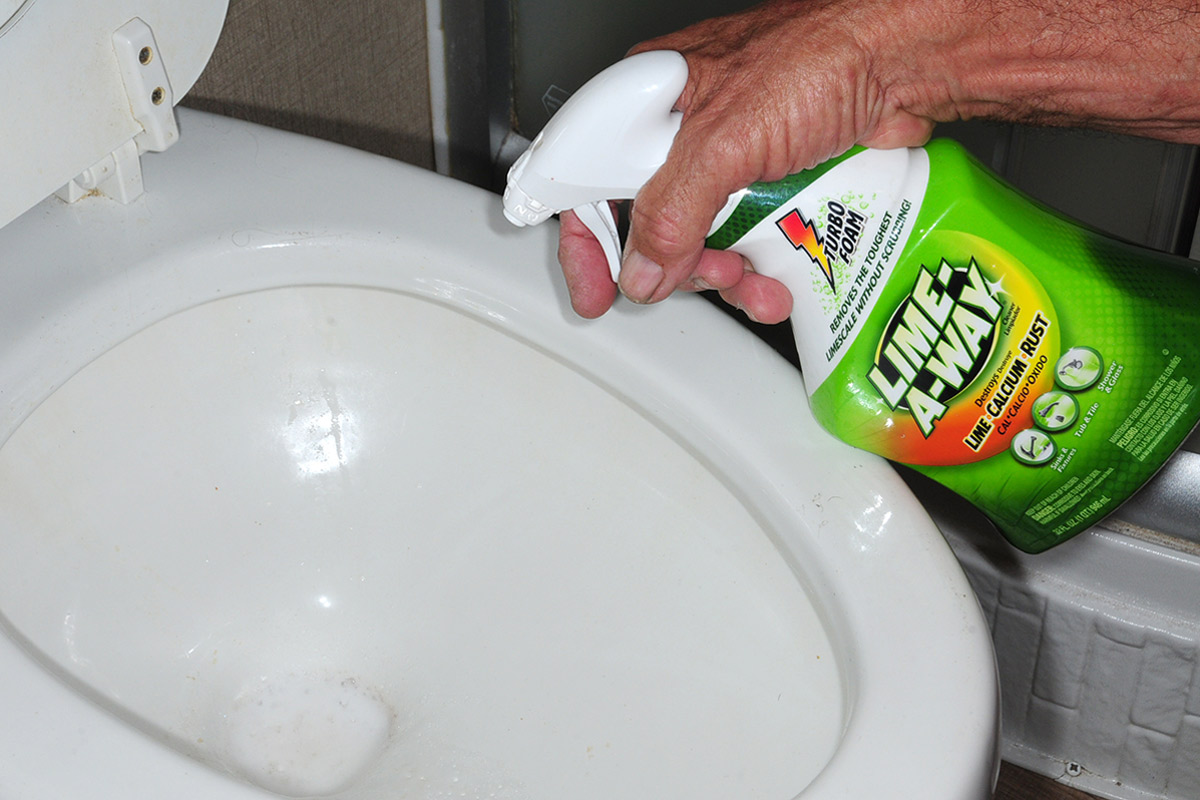
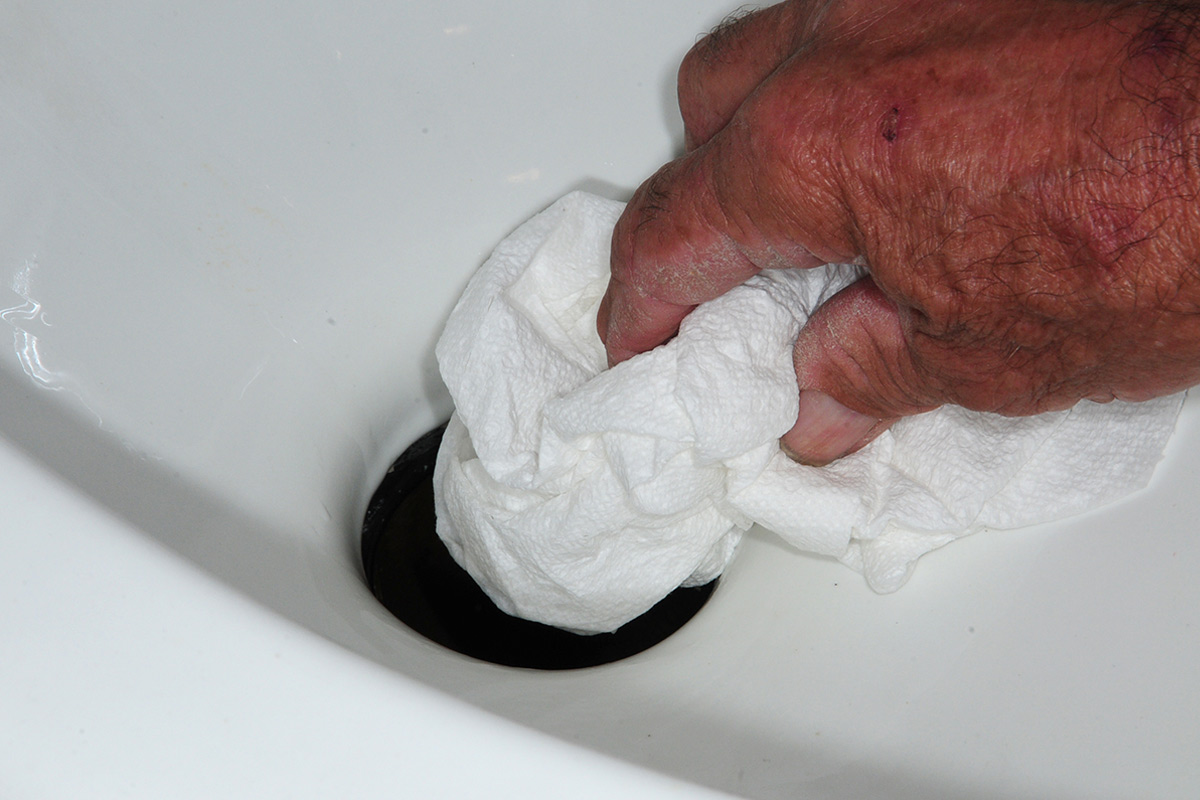
Removing the old seal is, well, icky — there’s no other way to describe it. As gross as it seems, however, you may not want to wear gloves because you’ll need a good grip to maneuver the seal. (Of course, remember to wash your hands well with soap and hot water and finish with sanitizer.) After removing and discarding the old seal, the area around the opening was cleaned with a rag and paper towels, then a putty knife was used to remove any calcium build up on the valve. If you are not proficient with a metal putty knife, consider going to plastic, although it’s not as effective. It takes some patience to remove all the calcium, but it’s important that the valve does not act like sandpaper when opening and closing.
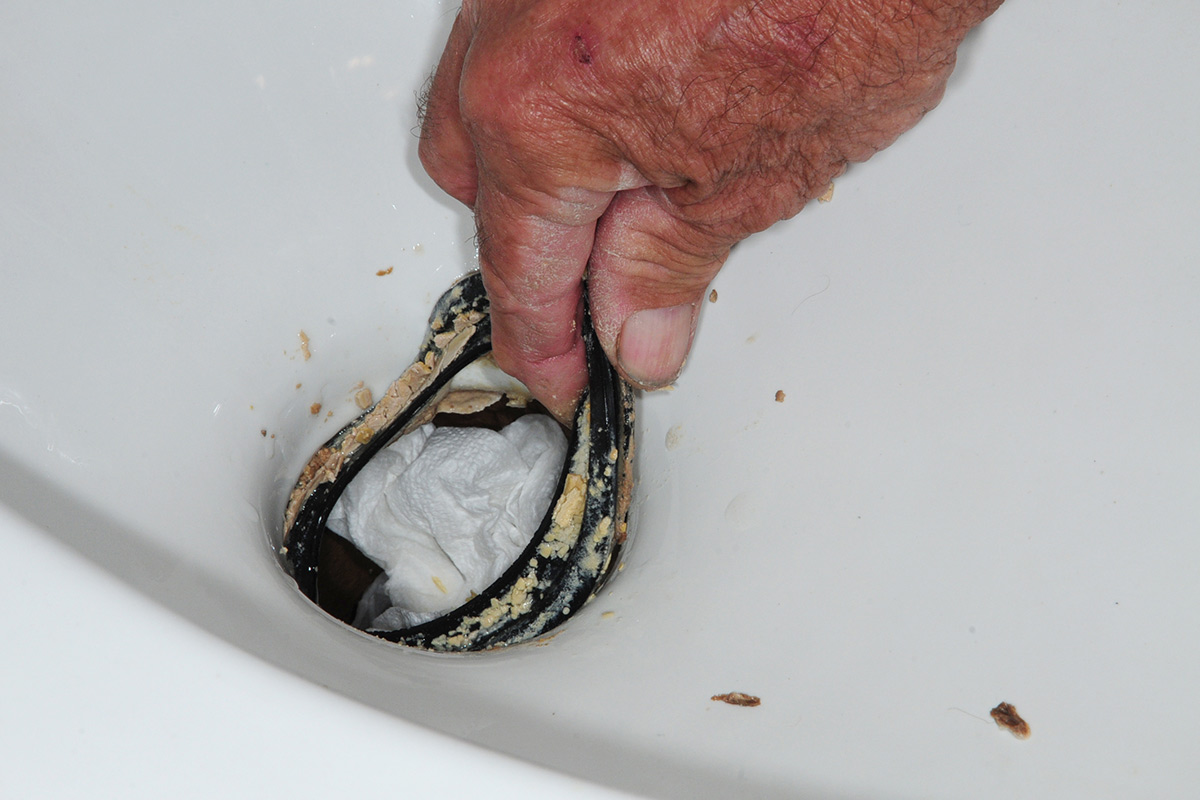
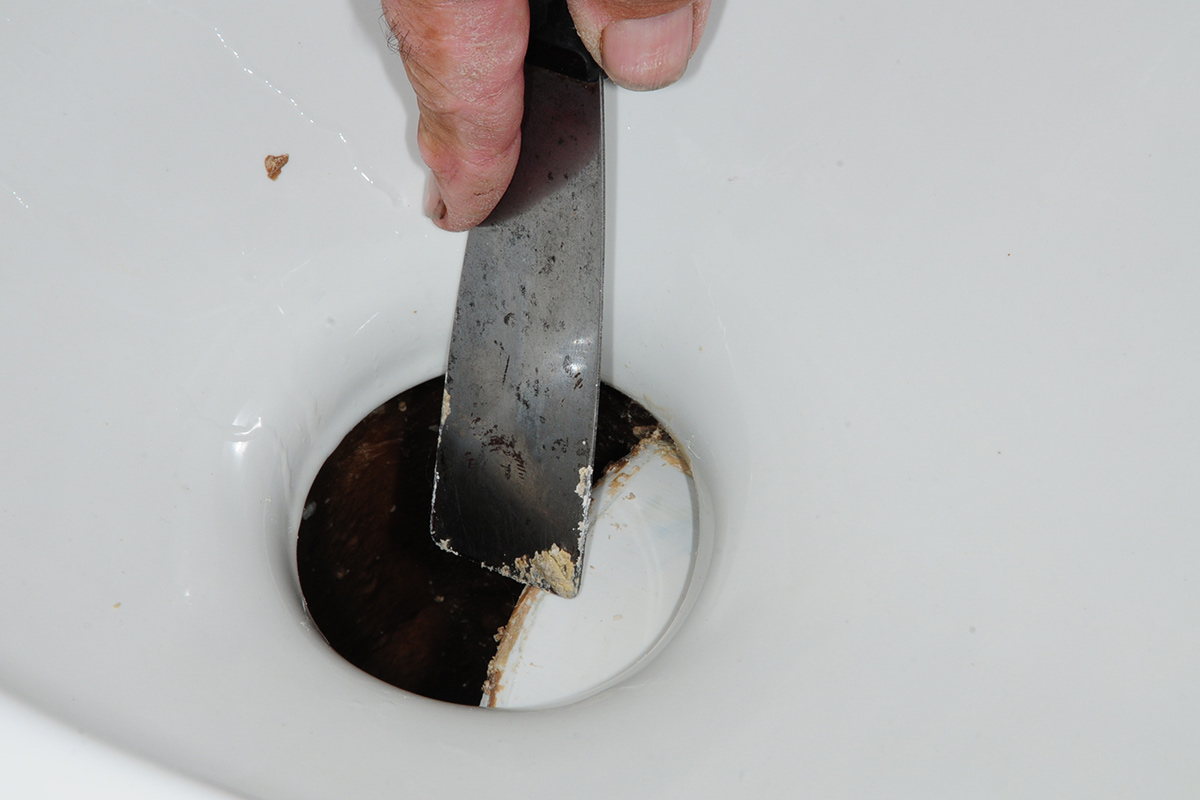
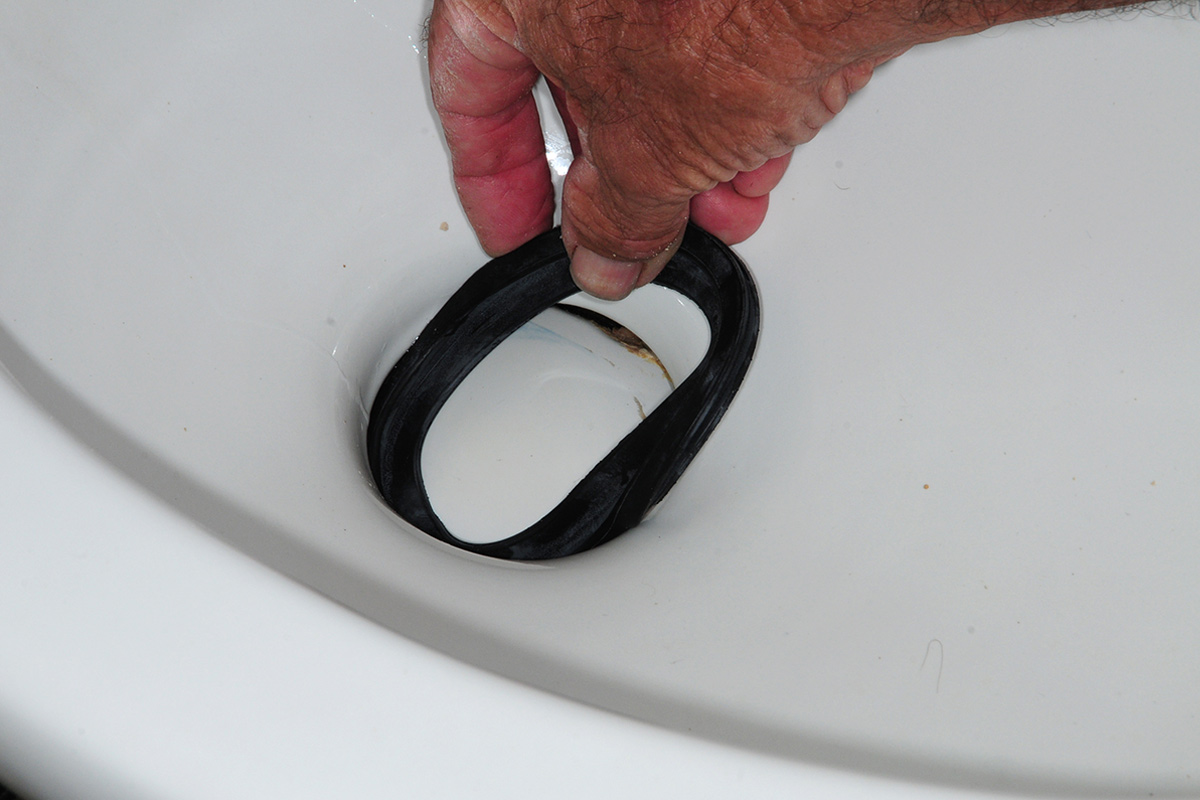
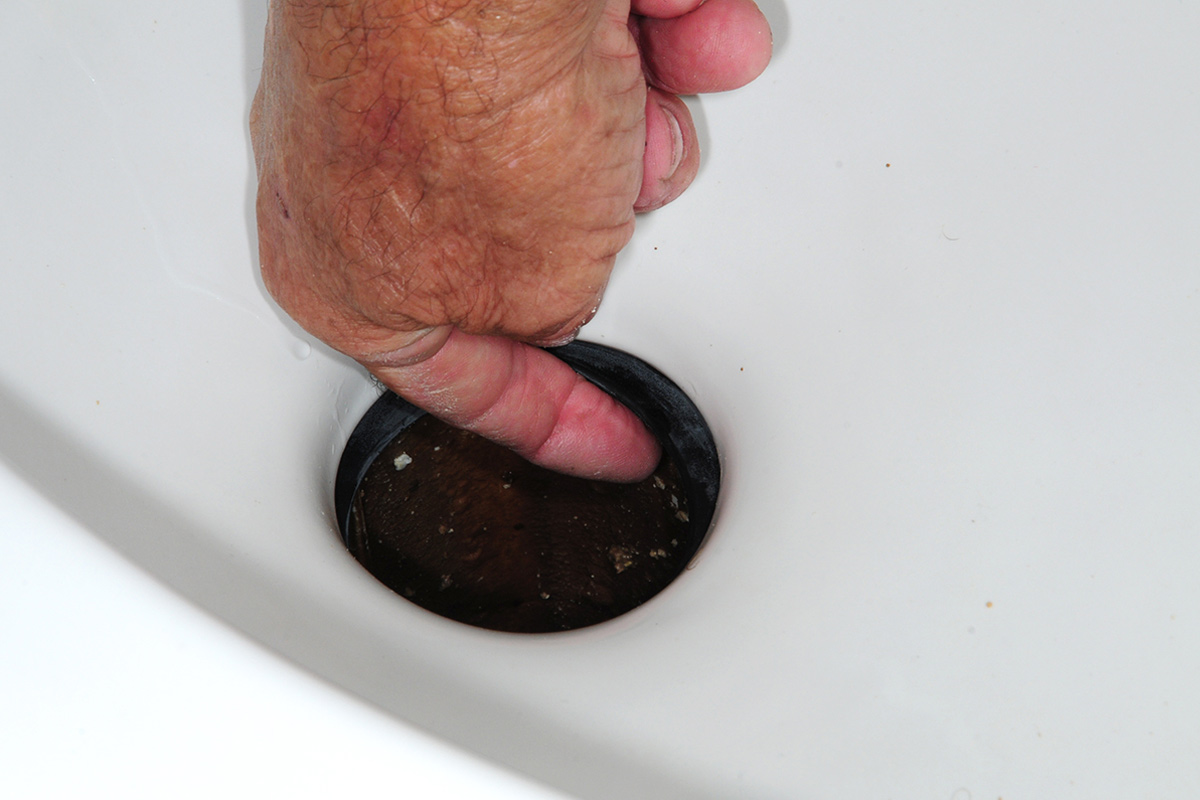
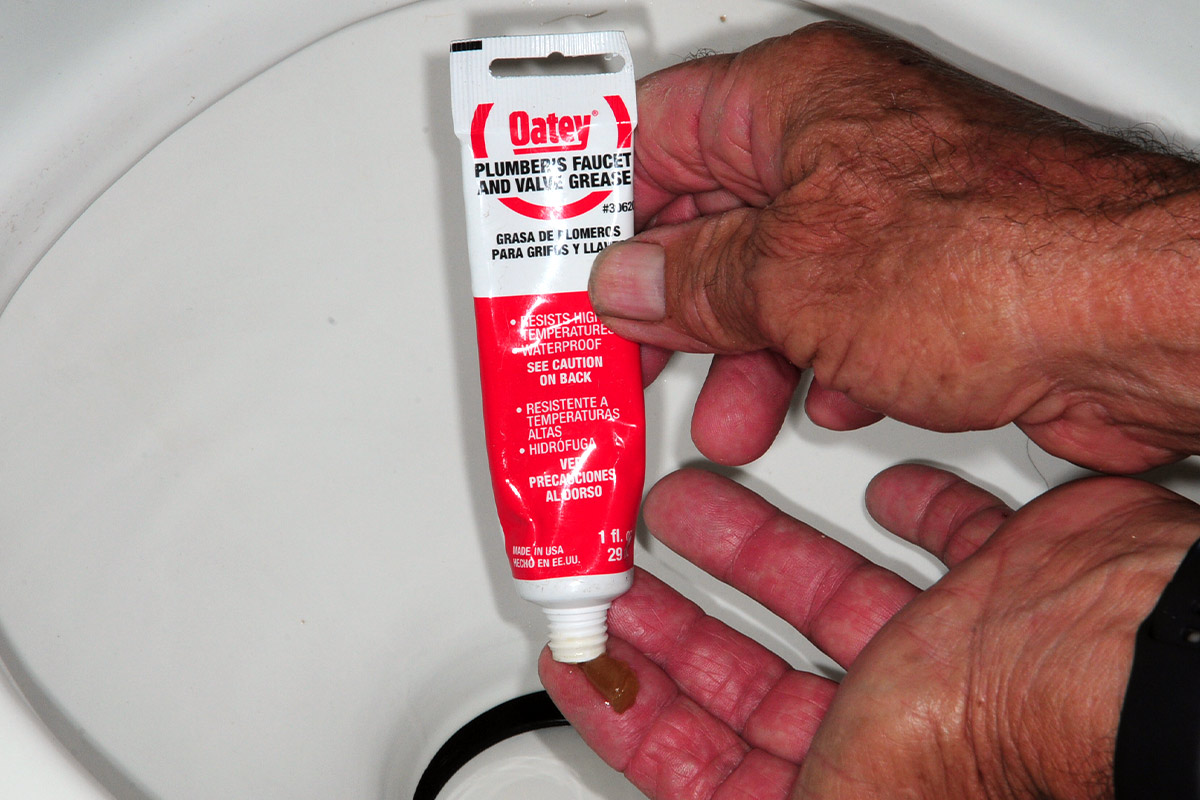
There’s no getting around the fact that hard water will play havoc with toilet seals, valves and water ports in the bowl. Cleaning these areas frequently will prevent calcium build up and using Lime-A-Way every couple of months will also extend the life of the seal. Consider coating the seal and top of the valve monthly with plumber’s grease. Your toilet, your RV’s occupants and your guests will thank you.
Already a Subscriber? Click here for Access to the Full Issues.


